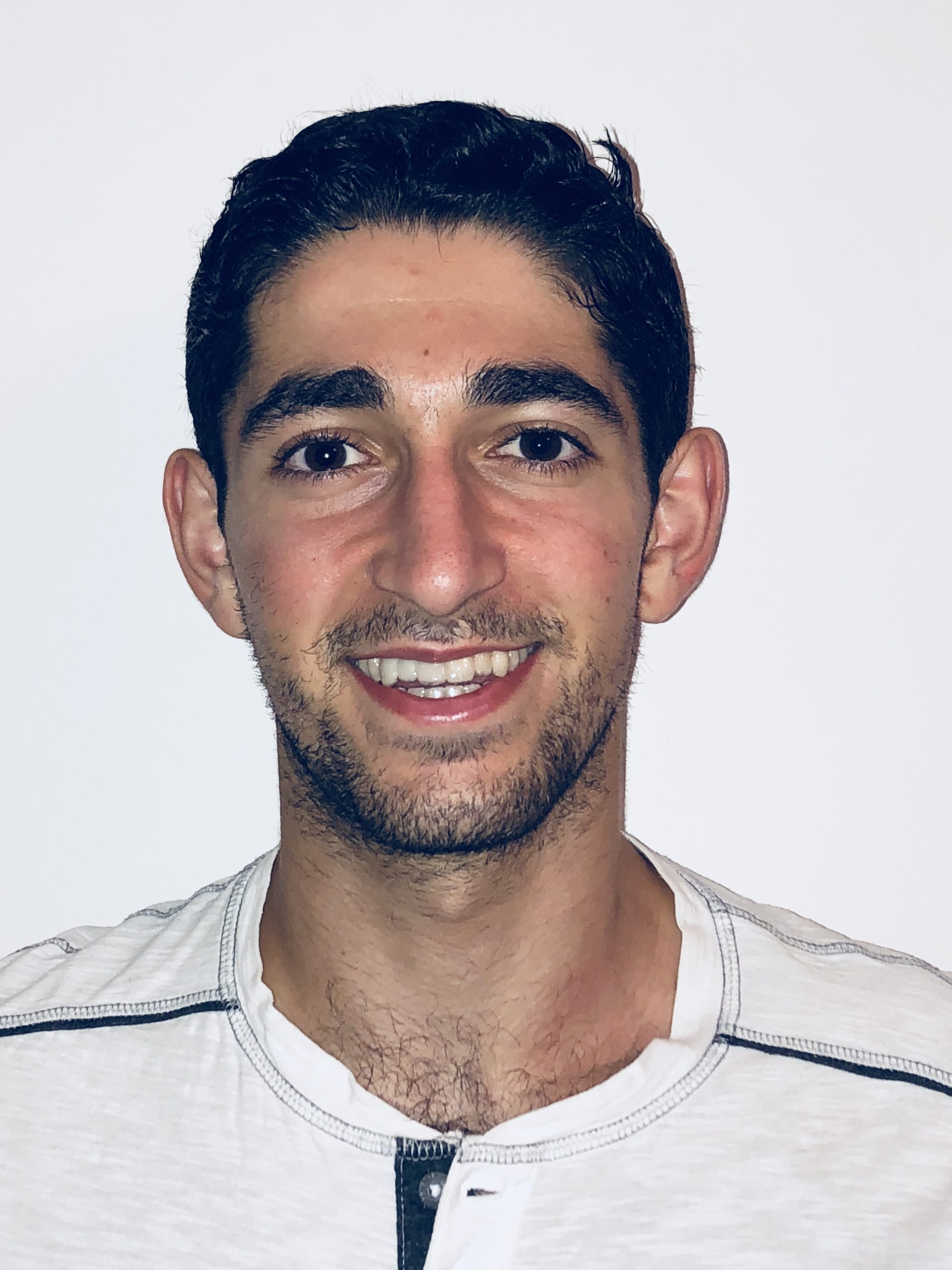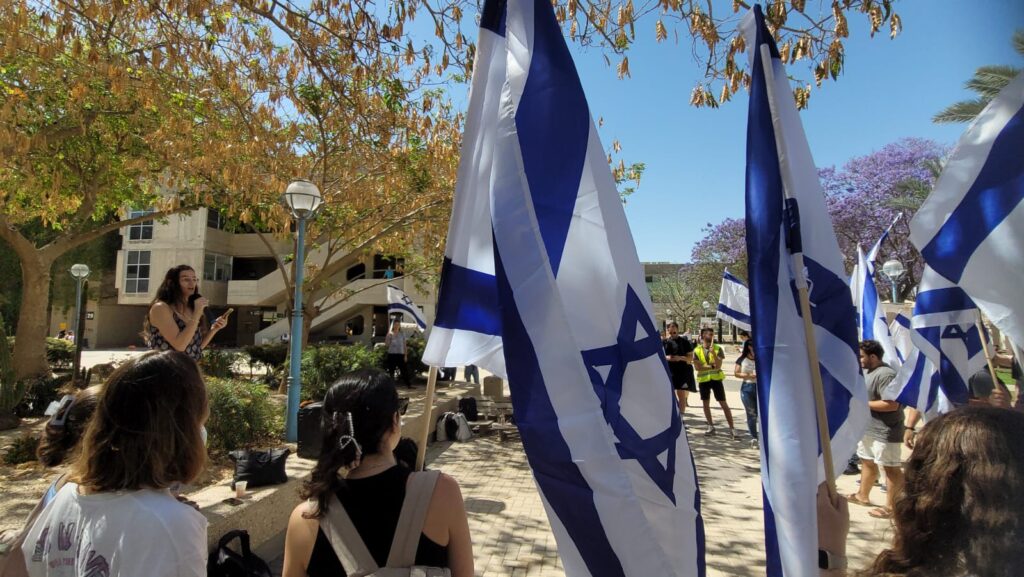
Every year, when Jews around the world observe Purim, they finish the Megillah and celebrate that the Jews of ancient Persia were saved. The story of Purim is unique among Jewish stories because the Persian Jews’ salvation came by way of human initiative — through the relentless efforts of Mordechai and Esther. Thousands of years later, the story of Purim continues to inspire.
On Feb. 24, members of the Jewish community at UC San Diego presented a resolution to the Associated Students at UCSD. The resolution is a “student affirmation to acknowledge, accurately define and condemn antisemitism as it exists on campus” as defined by the International Holocaust Remembrance Alliance. Jewish student leaders Bianca Kermani and Sivan Barashy presented the resolution to AS, a representative body that promotes “active campus involvement through various programs in leadership, academics, and advocacy.” After some discussion, the 36 senators unanimously voted in favor of the resolution.
The IHRA definition states that “antisemitism is a certain perception of Jews, which may be expressed as hatred toward Jews. Rhetorical and physical manifestations of antisemitism are directed toward Jewish or non-Jewish individuals and/or their property, toward Jewish community institutions and religious facilities.”
However, the definition goes further –– it correctly implies that anti-Zionism is antisemitic.
The Jewish community at UCSD greatly benefits from this development as “denying the Jewish people their right to self-determination” and “claiming that the existence of a State of Israel is a racist endeavor” are now correctly identified as antisemitic.
In recent years, I have been made uncomfortable displaying my Zionist identity publicly on campus. Often, I would hear unfair and inaccurate statements about Israel and Zionism. There was even a case where a Jewish student, who wishes to remain anonymous was spat on and verbally attacked when trying to speak up for Israel and publicly display their Zionist identity. Zionism is defined as the movement that supports Jews’ right to self-determination in their ancestral homeland. Zionism does not inherently preclude self-determination for the Palestinian people. Moreover, one of the Zionist movement’s central goals is to provide Jews a safe haven in their ancestral homeland –– we all know the consequences of a Jewish state-free world.
Another reason why Jewish students at UCSD greatly benefit from this development is that Jewish students who support Israel can be protected from students who unfairly attempt to hold Jews responsible for the actions of the state of Israel. I have been unfairly judged and hated because students would ignorantly assume that I, a Zionist Jew, support all the questionable actions and decisions made by the Israeli government. The IHRA definition of antisemitism does not tolerate that behavior because it is clearly a double standard not held to anyone else. Imagine if one assumes that proud Americans support all the policies of the US government, strictly because they are patriotic.
Ultimately, as rates of antisemitism skyrocket and hatred for Israel increases, I encourage all students and adults to become better educated about different forms of hate. Most hate stems from ignorance and it is imperative to listen to those affected and internalize what they identify as hate. As a Jewish student on campus with a proud Zionist identity, I have been quieted and neglected because I, a Jew, “inaccurately define what antisemitism is.” However, the resolution and its inclusion of the IHRA definition have provided greater guidance for the UCSD community on the treatment of a minority group on campus.
I believe it is pertinent now more than ever to take human initiative, like Mordechai and Esther, to make our communities more mindful and aware of the hate and different forms of hate that arise in our society. May this past Purim serve as a reminder that every day we must strive to make the world a safer and more inclusive place.
Originally published in UC San Diego’s The Guardian.
Contributed by University of California – San Diego CAMERA Fellow Benjamin Zaghi.

